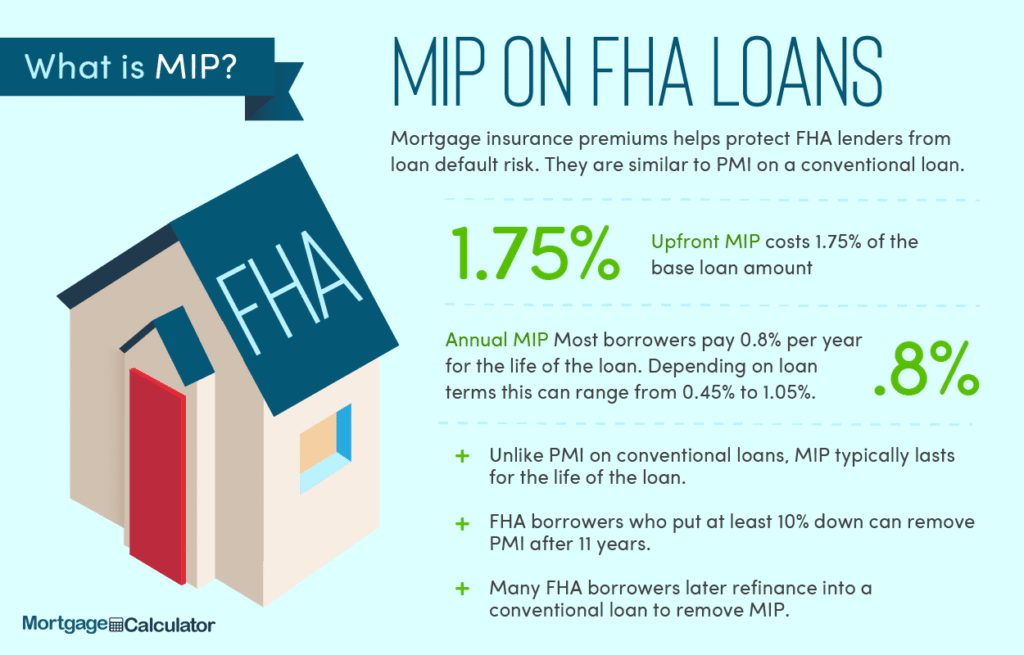In recent years, the asset under management (AUM) fee model has become a standard approach for financial advisors to charge their clients. Under this model, clients pay a fee based on a percentage of the total assets being managed. This approach has its advantages and disadvantages, which deserve a closer look to determine if it’s genuinely a good deal for investors.
Understanding the AUM Fee Model
As investors venture into the realm of financial advice, understanding the types of fee structures available is crucial. The AUM fee model involves clients paying a set percentage of their total managed assets as a fee for investment management and financial planning services. This model is prevalent among many financial advisory services today.

Pros of the AUM Fee Model
There are several benefits to the AUM fee structure. Firstly, it aligns the interests of the financial advisor with those of their clients; as the client’s assets grow, so does the advisor’s fee, encouraging advisors to prioritize their client’s asset growth. Secondly, this model can be more straightforward and transparent compared to other fee structures, making it easier for clients to understand what they’re paying for.
Cons of the AUM Fee Model
Despite its advantages, the AUM model has its critics. Some argue that it disproportionately favors high-net-worth individuals and might not be cost-effective for those with smaller investment portfolios. Additionally, it could incentivize advisors to discourage withdrawals, even when it’s in the client’s best interest, to keep their AUM and consequently their fees higher.
Comparing AUM Fees to Other Fee Structures
In contrast to the AUM model, other structures include flat fees, hourly rates, or a commission-based system. Each of these has unique implications for the relationship between financial advisors and their clients, with varying levels of transparency and potential conflicts of interest.

Impact of AUM Fees on Small vs. Large Investors
The AUM fee model’s impact significantly differs between small and large investors. Those with substantial assets might find the AUM model cost-effective and preferable for comprehensive investment management services. Meanwhile, smaller investors might find themselves paying relatively higher fees for the same level of service.
Understanding Fee Percentages and Breakpoints
AUM fees typically range from 0.25% to 1% annually, depending on the size of the assets under management. Some advisors offer breakpoint discounts, reducing the percentage fee as the asset size increases, thereby potentially making the AUM model more attractive to high-net-worth clients.
Is the AUM Fee Model Fair?
Fairness is subjective and varies from one investor to another. For individuals seeking comprehensive, ongoing financial planning and investment management, the AUM model could be viewed as fair, especially when considering the potential for aligned interests and the simplicity of the fee structure.
Negotiating AUM Fees
Investors should not assume AUM fees are non-negotiable. Depending on the advisor and the size of the assets, there might be room to negotiate lower fees or to switch to a fee structure that better suits the client’s needs and financial situation.
Considering the Impact of AUM Fees Over Time
Over the long term, the impact of AUM fees on investment returns can be substantial. Investors should calculate the total costs of these fees over the expected duration of the investment to make an informed decision.

Evaluating the Value Received for AUM Fees
When assessing whether the AUM fee model is right for them, investors should consider the value they receive in return. This includes not only investment returns but also the quality of financial advice, planning services, and the personal attention to their investment goals.
Alternative Fee Structures and the Modern Investor
The modern investor has a range of options beyond the traditional AUM fee model. Flat fees, hourly rates, or even subscription models offer alternatives that might align better with some investors’ preferences and financial situations.
Technology’s Role in Reducing AUM Fees
Advances in financial technology have led to the emergence of robo-advisors, which often operate with significantly lower AUM fees compared to human advisors. This development has pressed the traditional advisory services to reevaluate and competitively price their fee structures.
Regulatory Considerations and the AUM Fee Model
Regulatory bodies closely monitor AUM fee models to ensure they’re fair and transparent. Investors should be aware of these regulations and understand how they protect their interests in financial advisory relationships.
Financial Planning Beyond AUM Fees
Financial planning encompasses more than the management of investments. Effective financial planning should also consider tax strategies, estate planning, and retirement planning. Investors might find that advisors who offer comprehensive planning beyond just investment management provide value that justifies the AUM fees.
How to Choose the Right Fee Model for You
Choosing the right fee model requires a thorough understanding of your financial situation, investment goals, and the different fee structures available. Consulting with several advisors and comparing fee models can help investors make an informed choice.
Taking a Holistic View of Your Financial Health
Ultimately, decisions around fee models should be part of a broader consideration of your financial health and goals. A holistic approach to financial planning, considering all aspects of your financial life, can help determine the most suitable advisory relationship and fee structure.
In conclusion, while the AUM fee model has its advantages, it also has potential drawbacks that investors need to consider carefully. By understanding your financial situation, goals, and the value you receive, you can determine whether paying a percentage of your assets for financial advice is a good deal for you.
Frequently Asked Questions
What exactly is the AUM fee model? The AUM fee model charges clients a fee based on a percentage of their total managed assets.
How do AUM fees compare to other fee structures? AUM fees can be more straightforward and transparent but might not be the most cost-effective option for all investors, especially those with smaller portfolios.
Can AUM fees be negotiated? Yes, AUM fees are often negotiable depending on the advisory firm and the size of the assets being managed.
Are there alternatives to the AUM fee model? Yes, alternatives include flat fees, hourly rates, and subscription models, each with its own set of advantages and disadvantages.
How should I decide which fee model is best for me? Consider your financial situation, investment goals, and the value you expect to receive from advisory services. Consulting with several advisors to compare fee models can also be beneficial.


